Ablepharon-macrostomia Syndrome
Ablepharon-macrostomia syndrome. An amino acid substitution lysine in the basic domain of the TWIST2 gene has been found in seven families in which ablepharon-macrostomia followed an autosomal dominant pattern. The association of congenital ablepharon with the absence of eyelashes and eyebrows a wide mouth macrostomia and auricular nasal genital. Ablepharon macrostomia syndrome AMS.
Other common signs and symptoms include abnormal external ears fusion syndactyly of the hands and feet skin findings such as dry and coarse skin or redundant folds of skin absent or sparse hair genital. Ablepharon-macrostomia syndrome is a congenital ectodermal dysplasia characterized by absent eyelids macrostomia microtia redundant skin sparse hair dysmorphic nose and ears variable abnormalities of the nipples genitalia fingers and hands largely normal intellectual and motor development and poor growth summary by Marchegiani et al 2015. An inherited disease the physical malformations also affects the nipples and the abdominal wall.
The literature about this disease is sparse with only a few cases reported. Other eye features include corneal opacifications nystagmus and cryptophthalmos. An association with absent zygomatic arches has been described.
It has occurred in families but no causative gene mutation has been identified. It is characterised by the abnormalities of the skin skull fingers and genitals. Ablepharon Macrostomia Syndrome is an extremely rare inherited genetic disorder that is characterized by different physical abnormalities that affect the head and facial areas skin fingers and the genitalia.
This is a recently described malformation syndrome whose characteristics have not been completely delineated. Skin alterations persistent lanugo hair and other abnormalities such as absent nipples and ambiguous genitalia. Ablepharon macrostomia syndrome AMS is an extremely rare autosomal dominant genetic disorder.
AMS affects several systems and tissues of the body such as skin genitalia craniofacial structures and fingers. AMS is characterized by absent or short eyelids absent eyebrows and eyelashes macrostomia and external ear abnormalities. Ablepharon macrostomia syndrome AMS is an extremely rare and disfiguring condition characterized by numerous signs and symptoms.
Ablepharon-macrostomia syndrome AMS is a rare genetic disorder characterized by absent or underdeveloped eyelids ablepharon or microblepharon and a wide mouth macrostomia. Mutations in the same TWIST2 domain but leading to substitutions of glutamine or alanine amino acids is responsible for the Barber-Say phenotype 209885.
Macrostomia large mouth abnormal nose and auricles.
Other common signs and symptoms include abnormal external ears fusion syndactyly of the hands and feet skin findings such as dry and coarse skin or redundant folds of skin absent or sparse hair genital. The association of congenital ablepharon with the absence of eyelashes and eyebrows a wide mouth macrostomia and auricular nasal genital. Ablepharon macrostomia syndrome AMS. Barber-Say syndrome BSS and ablepharon-macrostomia syndrome AMS are infrequently reported congenital malformation disorders caused by mutations in the TWIST2 gene. It has occurred in families but no causative gene mutation has been identified. The literature about this disease is sparse with only a few cases reported. An association with absent zygomatic arches has been described. OMIM 200110 is an extremely rare congenital malformation syndrome. Both are characterized by abnormalities in ectoderm-derived structures and cause a very unusual morphology of mainly the face.
AMS affects several systems and tissues of the body such as skin genitalia craniofacial structures and fingers. Skin alterations persistent lanugo hair and other abnormalities such as absent nipples and ambiguous genitalia. Ablepharon macrostomia syndrome AMS is an extremely rare autosomal dominant genetic disorder. Mutations in the same TWIST2 domain but leading to substitutions of glutamine or alanine amino acids is responsible for the Barber-Say phenotype 209885. The association of congenital ablepharon with the absence of eyelashes and eyebrows a wide mouth macrostomia and auricular nasal genital and other systemic anomalies has been termed the ablepharon macrostomia syndrome. One such case is reported which illustrates the importance of immediate postnatal ocular management to minimise severe visual loss. It has occurred in families but no causative gene mutation has been identified.







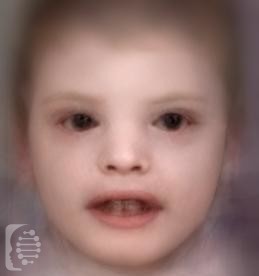

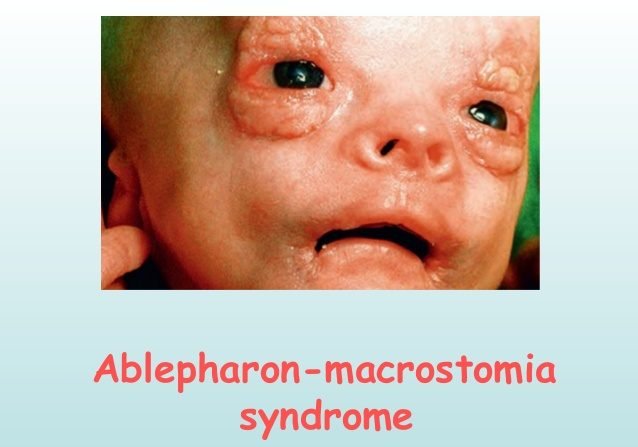






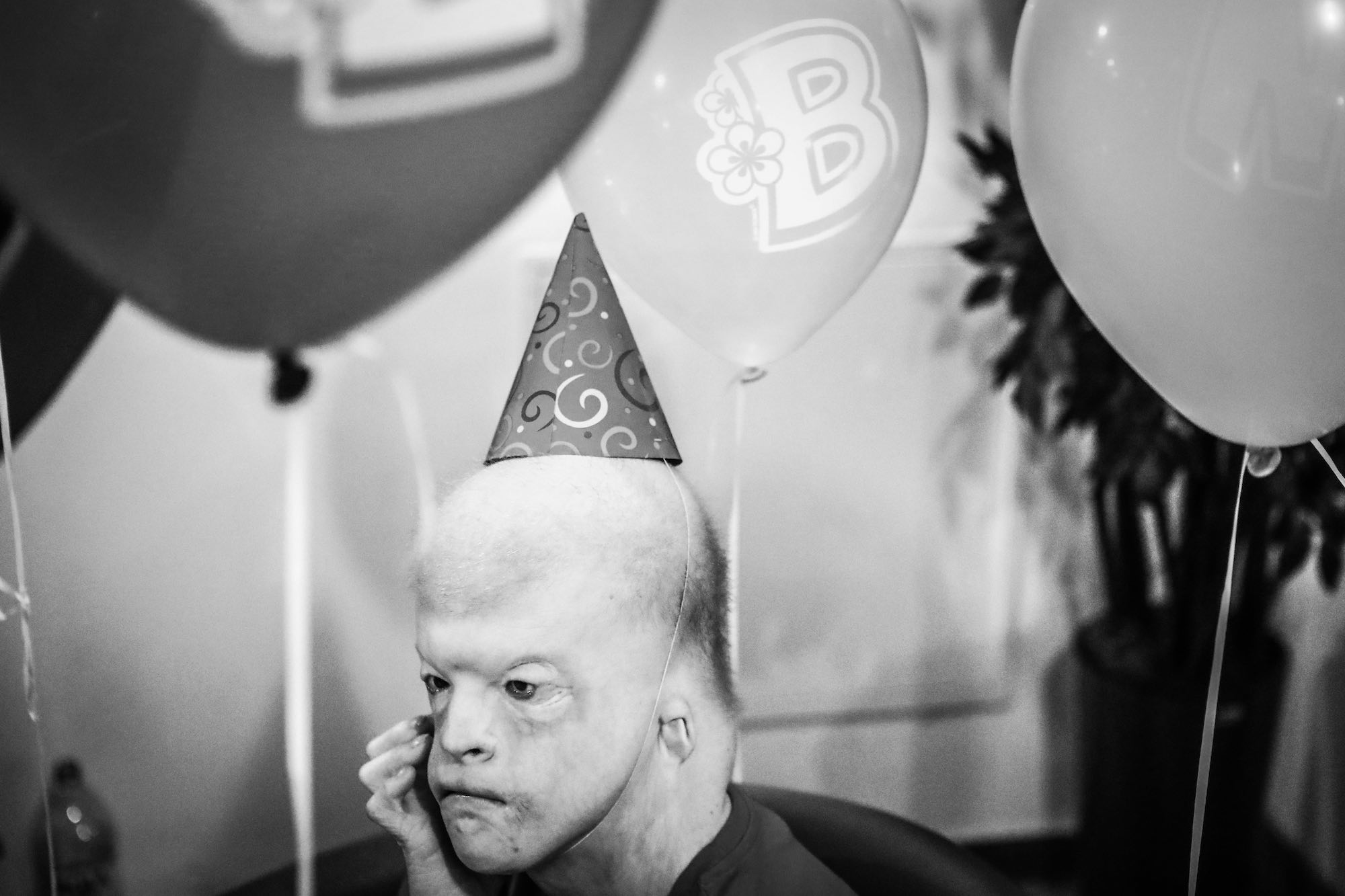

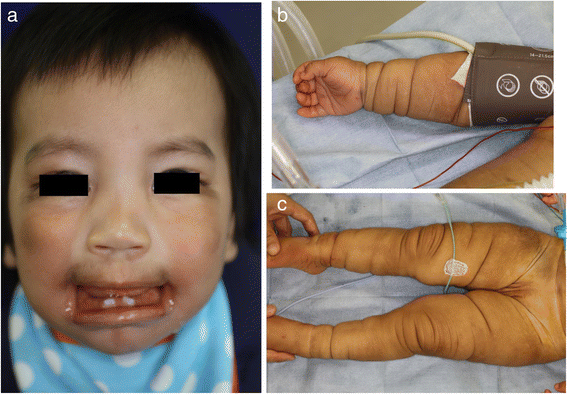






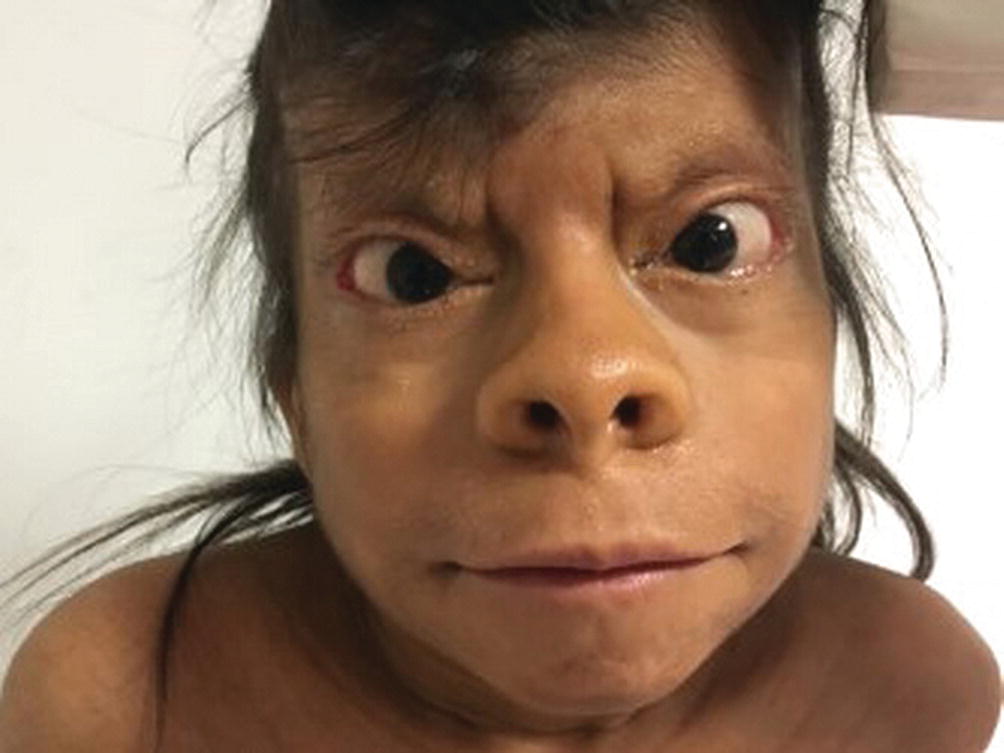



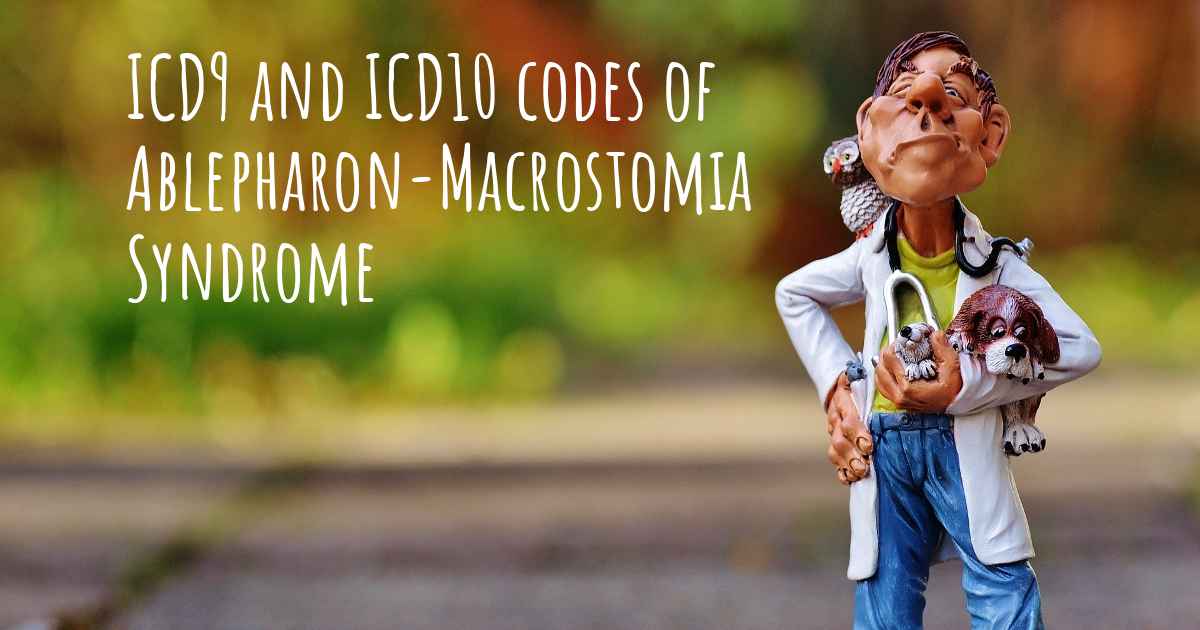
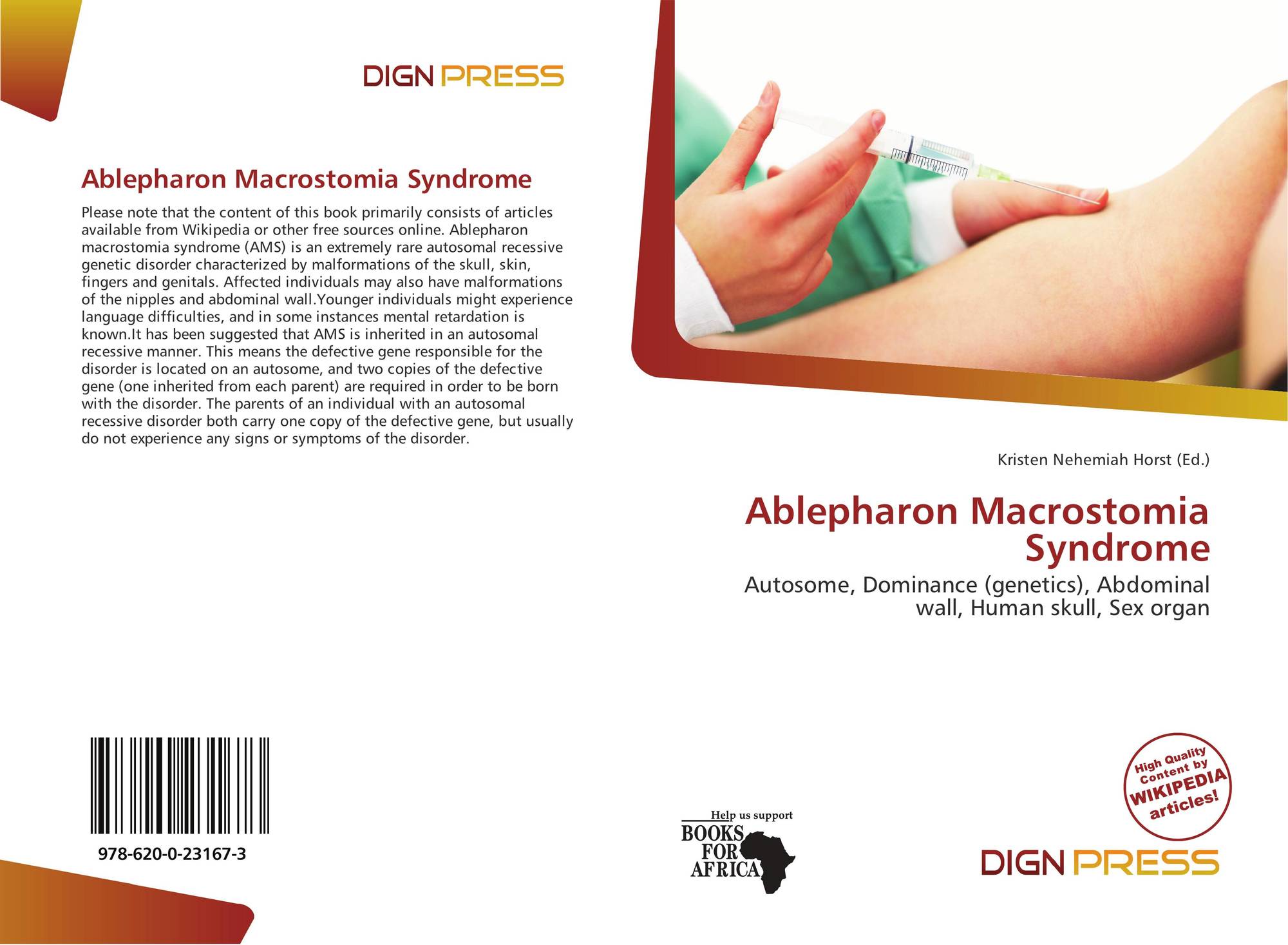
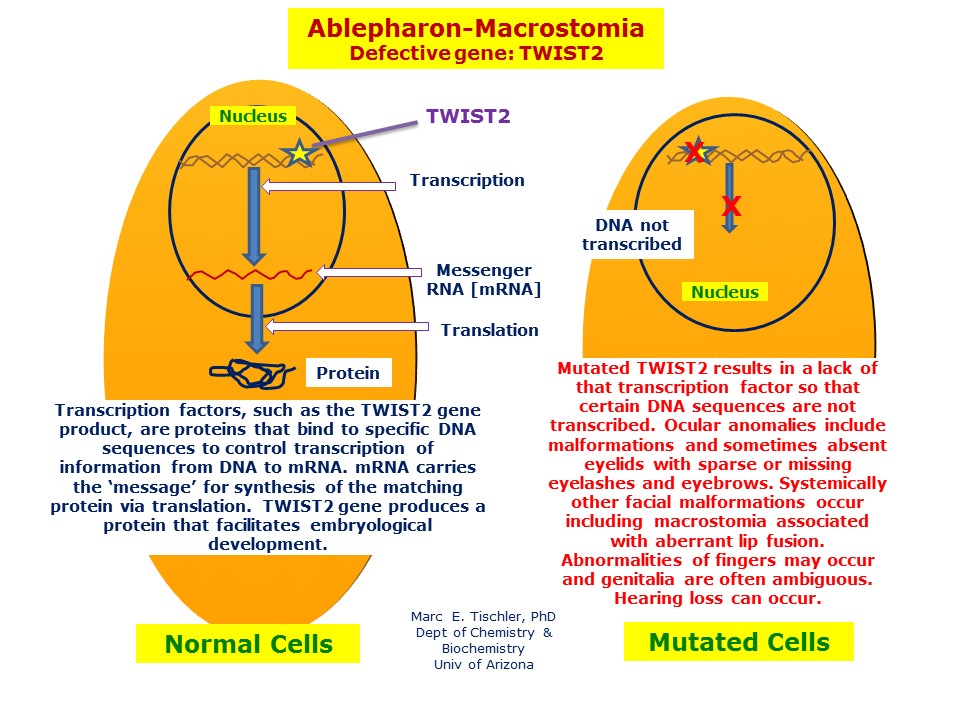







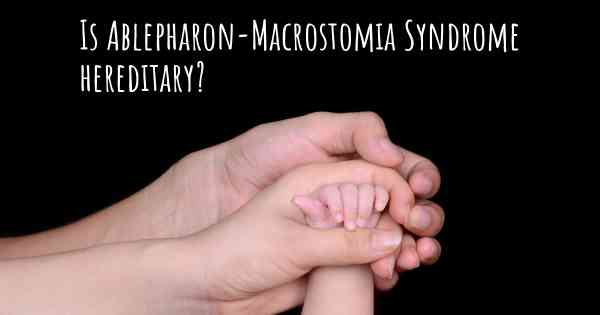
Post a Comment for "Ablepharon-macrostomia Syndrome"